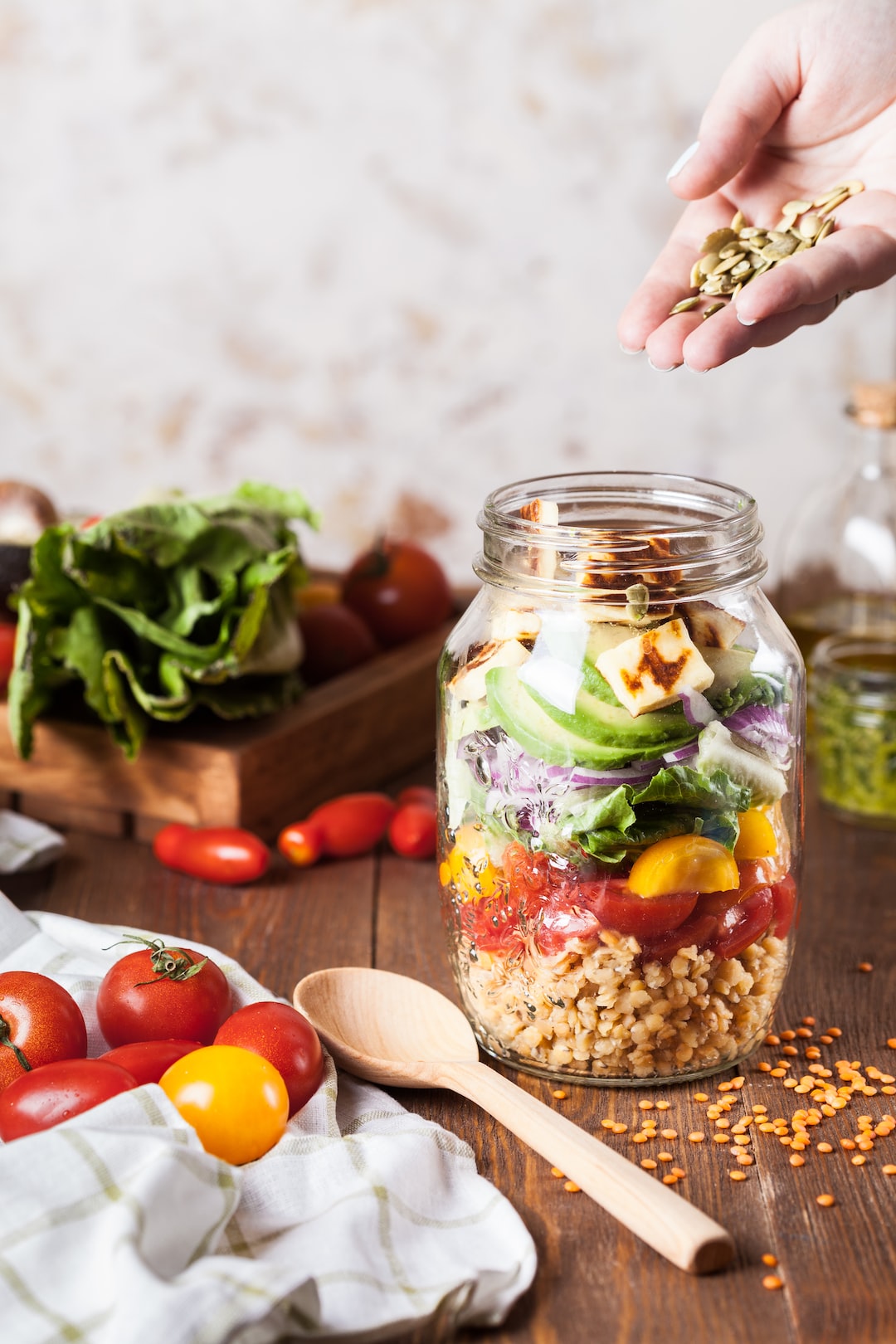A kitchen backsplash can be the perfect way to enhance the beauty of your kitchen. It not only protects your walls but also adds a decorative touch to your kitchen. Installing a kitchen backsplash is an excellent DIY project that requires minimal effort, cost, and skill. Here is an easy DIY guide on how to install a kitchen backsplash.
1. Material Selection:
The first step in installing a kitchen backsplash is to choose the perfect backsplash material. You can choose between a variety of styles, colors, and materials that match your kitchen’s design. Some popular materials include tile, glass, stone, and metal.
2. Measure the Space:
The next step is to measure the backsplash space area to determine the length and width of the backsplash. This is important as it will help you calculate the number of tiles or material required for the backsplash.
3. Preparation:
Before you begin the installation process, ensure the work area is clean and free from any dirt and debris. Turn off the power to the area of installation from the circuit breaker.
4. Layout:
Before you start installing, determine the layout of the backsplash by placing a few pieces of the tile or material on the wall. This will give an idea of how the backsplash will look and help you make any necessary changes.
5. Cut Tiles:
If you are installing tile backsplash, you’ll need a tile saw to cut the tiles for a perfect fit. Be sure to wear protective gear, including gloves and goggles, when cutting tiles.
6. Adhesive:
The next step is to apply adhesive to the wall using a notched trowel. Adhesive is the essential element that will hold the tiles in place. Ensure that you apply the adhesive evenly to avoid lumps.
7. Placement:
Start placing the tiles on the adhesive starting at the bottom center of the wall. Insert spacers between the tiles to ensure that they are evenly spaced. Ensure the tiles are level by using a spirit level and adjust them accordingly.
8. Joints:
After placing the first row of tiles, remove the spacers and add grout to the joints. Wipe off the excess grout with a damp sponge.
9. Sealant:
After the grout is dry, apply a sealant to the backsplash. This will prevent water and dirt from damaging the backsplash and keep it looking new for extended periods.
In conclusion, installing a kitchen backsplash is an easy DIY project that can be done by anyone with minimum effort and skill. With these simple steps, you can enhance the beauty of your kitchen and protect the walls from any damage. By following this guide, you can give your kitchen a brand new look without putting a dent in your wallet.

